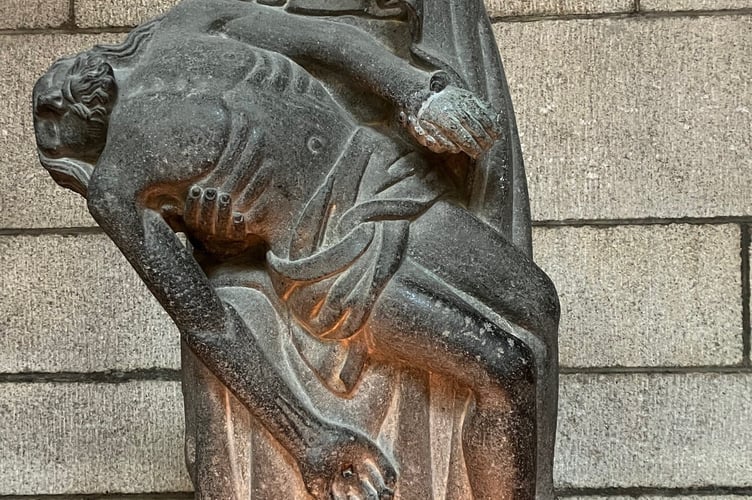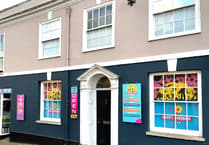The Olympics have turned all eyes on Paris recently, writes Judith Field, but what are the connections with France much closer to home?
Cornwall has well-known historic links with the Celtic peoples of France, Spain, Ireland, Scotland and Wales. The county is known as “the land of the saints”, and many of those saints came here on boats. How they lived out their Christian faith inspired our ancestors to name their villages after them.
St Budoc and St Maudez of Brittany, for instance, gave their names to the villages of St Budock and St Mawes. And legend has it that Zennor was named after a Breton princess, St Senara, who floated to Cornwall in a barrel after her violently jealous husband threw her into the sea.
Such was the international reputation of St Germanus, the fourth-century Bishop of Auxerre (where Burgundy wine is produced), that he lent his name to St Germans, the seat of one of Cornwall’s two bishops.

Two of Truro Cathedral’s oldest statues, the Pieta and St Nicholas, were made in Breton monasteries about 600 years ago. St Nicholas is the patron saint of sailors and children, and secretly gave gifts to those in need. He is better known to us today by his nickname, Santa Claus, and stands in the entrance of St Mary’s Aisle.
There, the font was made in the 19th century of Caen stone, from Normandy; prized as a good stone for carving, it also features in famous buildings including the Tower of London, Westminster Abbey and Canterbury Cathedral.

The fascinating ‘history’ windows of Truro Cathedral feature many international figures, such as the 18-year-old Joan of Arc and Charles VII, the man she fought so fiercely to have crowned King of France. Notoriously, he did not return the favour; upon her capture in 1430, Joan was handed over to the English and, after a show trial, burnt at the stake in Rouen’s Old Marketplace.
William Rufus, son of William the Conqueror, ruled both England and Normandy. He is featured in the windows due to a bitter struggle with his Archbishop of Canterbury, St Anselm, over the authority of church and state.
When Anselm refused to bless a military campaign in 1093, the King is said memorably to have declared: "I hated him before, I hate him now, and shall hate him still more hereafter.”
The unpopular monarch died on August 2, 1100, when he was shot in the chest - apparently accidentally - by an arrow during a stag hunt. His brother, Henry I, inherited the throne - and his wrangle with St Anselm.
Visit your cathedral this summer - there is no charge for entry, but many people make a donation. All the windows are also viewable at www.cornishstainedglass.org.uk





Comments
This article has no comments yet. Be the first to leave a comment.